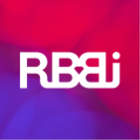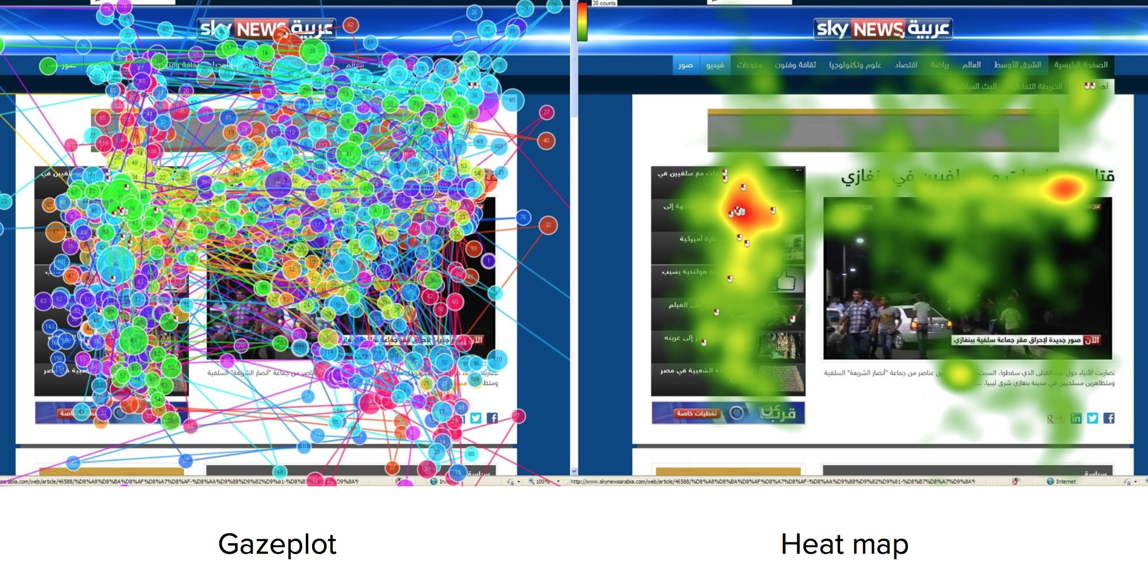Design decisions are better when they’re informed. That’s one of the many reasons why you might want to do user testing as part of your design process.
In a design context driven by ROI, testing is a smart investment that helps teams make objective decisions, rather than fighting over opinions. It provides a shared understanding of local context of use that makes your projects move faster and be more suited to local needs.
You can run your test in a controlled environment or remotely or even out there on the streets. There is not an ideal time to run a test. It’s more about creating a cycle and making sure you have enough flexibility to work with different methods and within the budget.
Tips to get it right
But how to ensure you get high-quality insights? We’d like to share a few principles we’ve built after conducting hundreds of user testing sessions.
To get started we like to keep 4 points in mind: recruiting the right people, setting the right environment, asking the right questions and getting the right answers.
Relevant Users
If you are testing a prototype without recruiting the very users that will potentially use it, your prototype might not be really put to the test, and the collected insights might not be relevant to your target audience.
The right users should represent your different target groups, and you probably will need to put extra effort in recruiting them by recruiting against specific behaviors and lifestyles (e.g. people who often go to the mountains on holidays with their family, or people who go clubbing every weekend). It is also important to make sure that these participants have not tested the prototype before – you don’t want their reactions to be biased by their previous experience.
Make the users feel at home
Before the user actually starts the testing session, you need to make sure that they feel comfortable in their seat or if they are performing a task. Usually, you would ask them a few questions about their day to break the ice so that they feel comfortable talking to you. Explain to participants that they are not being tested (especially if you work within a usability lab which can be intimidating), but the prototype is.
Always remember to mention that, as users will tend to think that there is a right and a wrong answer.
Asking the right questions, asking questions right
Start with a clear idea of your testing objective when putting the questions together, so you can use the limited testing time you have – in our experience users’ attention drops after 45 minutes.
When trying to learn about user behaviors and preferences, ideally you want to keep your questions as open as possible. This will help you learn more than just confirming your assumptions.
If you want to learn about the consumption habits of a Italian restaurant clients, don’t ask “Do you prefer pizza or pasta?” but instead ask “What do you like to eat at your favorite Italian restaurant?”. You will probably learn a lot more from the second question, by giving the user more space to express themselves.
Similarly, when you want to assess how users perform a task on your prototype, try not to give away your preferred solution when prompting. A day that we replaced a testing prompt “Where would you submit the form now?” by “What do you want to do now?” we discovered that some users wanted to spend time reading through the fields before submitting because they did not trust they could edit the information later. This influenced the way the final interface was designed, and we would not have found that out with a more directed question.
Different ways of asking
What happens if you want to learn about behaviors that people don’t actively think of? You can use many tools to extract data from user testing sessions.
Tracking the eye movement can tell you about the areas of your interface that get more or less attention (heatmap), and in which sequence (gaze plot).
Again, in order to pick the right tool you need to remember your testing objectives. If you are testing the menu and navigation, card sorting would be a good tool to use (either manual or digital). If you are looking to test a payment flow, you would need to conduct one on one interviews to extract as many insights as you can. When it comes to brainstorming and thinking of ideas, focus groups would be your tool, it allows user to build up from other’s starting point.
From answers to insights
Equipped with more spontaneous answers from users about how they think and feel, you need to learn to identify insights from the amount of data you’re collecting.
While taking notes during a session, one needs to not simply capture what the user says, but also their behavior, first impressions and implicit reactions. Users won’t really tell you: “Watch out this is a potential catastrophe in your conversion funnel” so be on the lookout for whatever prevents users from doing what they are trying to. During a session we identified a crucial break point to the customer journey, simply from reactions like “Hmm, where is my selection now?”. The user didn’t say much but we were attentive to the fact in the prototype’s context, that they should absolutely have no hesitation about their selection.
It’s not that difficult, but…
Qualitative testing of a product or service helps you understand in depth how your target audience will react to it and their expectations. Follow these simple guidelines to improve your chances of collecting the precious insights that can make your experience stand out.




